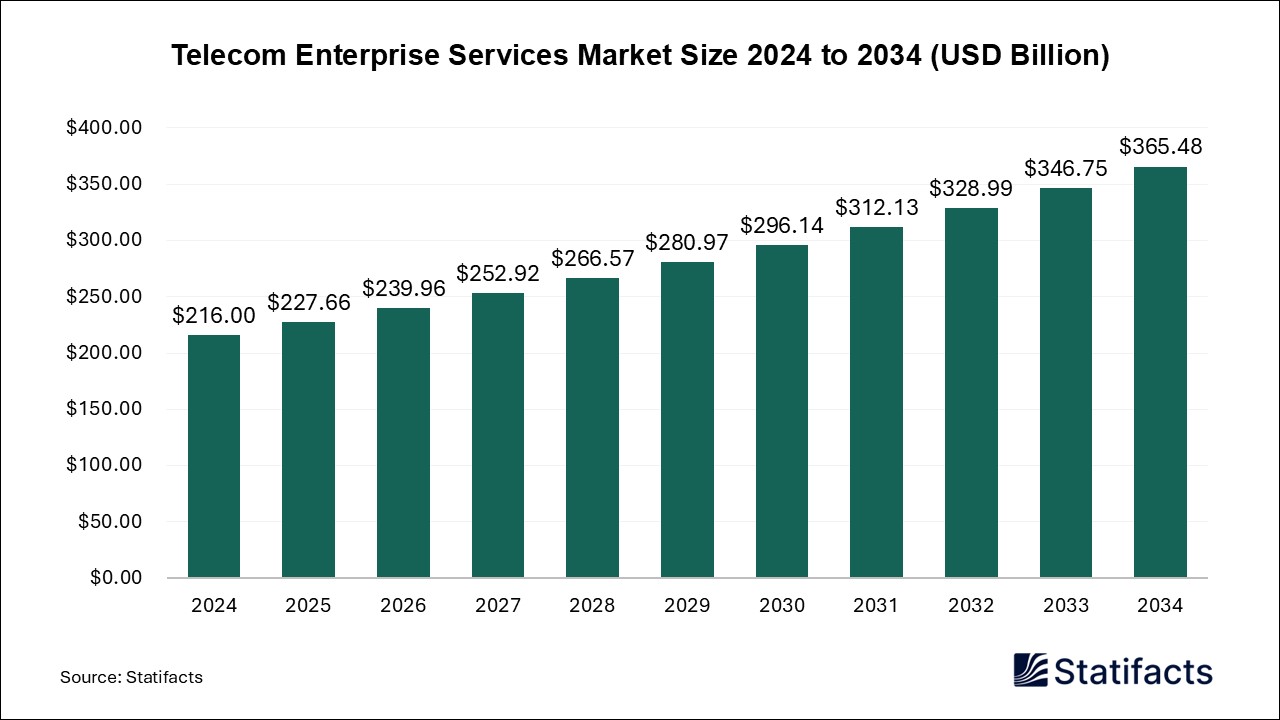Last Updated: 17 Jun 2025
Source: Statifacts
By clicking “Accept All Cookies” you agree to the storing of cookies on your device to enhance site navigation, analyze site usage, and assist in our marketing efforts.
Privacy PolicyThe global MR simulators market size surpassed USD 1,995 million in 2024 and is predicted to reach around USD 3,306 million by 2034, registering a CAGR of 5.18% from 2025 to 2034.
| Industry Worth | Details |
| Market Size in 2025 | USD 2,095 Million |
| Market Size by 2034 | USD 3,306 Million |
| Market Growth Rate from 2025 to 2034 | CAGR of 5.18% |
MR simulators is a magnetic resonance simulator is a diagnostic magnetic resonance imaging (MRI) platform that has been adopted to improve radiotherapy treatment planning. The purpose of simulation is to expose research participants to the MRI environment prior to the actual MRI scanning session to reduce anxiety during the actually study. The MR simulators market growth is driven by rising number of accidents in Asia Pacific region, technological innovation in MRI system in developed economies, growing awareness pertaining to early diagnosis, and rising prevalence chronic diseases.
In August 2021, X-ray was the most common procedure, with 1.6 million procedures, followed by ultrasound with 0.72 million, CT scan with 0.49 million, and MRI with 0.29 million.
The time between requesting and performing a test in August 2021 varied widely. Fluoroscopy, X-ray, and medical photography were done on the same day, while MRI tests took up to 24 days.
| Type o Test Percentage | Percentage (%) of Referrals Made by GPs |
| Brain (MRI) | 13% |
| Kidney or Bladder (Ultrasound) | 27% |
| Chest and Abdomen (CT) | 12% |
| Chest (X-ray) | 21% |
| Abdomen and/or Pelvis (Ultrasound) | 46% |
Artificial intelligence (AI) and deep learning (DL) play an important role in reducing scanning times in MRI by optimizing many aspects of the imaging process. DLR uses combination of technologies like PI and CS. Traditional MRI depends fully sampling k-space data, but DLR can reconstruct high quality images from under sampled data. AI improves pathology imaging by accurately and quickly analyzing high amount of data, detecting subtle patterns and anomalies that may be missed by human eye. AI algorithms enhance the accuracy of diagnosing diseases like cancer by identifying specific cellular changes.
Maria Sainz, President and CEO of Hyperfine, said, “This next generation hardware and the Optive AI platform begin a new chapter for the adoption of AI-powered portable MRI. This clearance is the most significant innovation in the history of Hyperfine. We plan to launch the new Swoop system across hospital and office settings in the US, and we believe the new Swoop system performance will delight patients and providers, reduce the learning curve for users, and drive meaningfully faster adoption.”
Cobalt’s Director Clinical Operation, Karen Hackling-Searle, said, “These important deliveries demonstrate our commitment to provide sustainable, innovative equipment, and services to meet the needs of local communities. We are proud of our ongoing collaboration with Birmingham Health Partners, supporting their delivery of groundbreaking research-helping patients now and paving the way for better outcomes in the future.”
North America held the largest share of the MR simulators market in 2024. Rising number of accidents, technological advancements in MRI system in developed economies, and increased prevalence of chronic disease driving the growth of the market in the North America.
Asia Pacific is anticipated to grow at the fastest rate in the market during the forecast period. Growing awareness pertaining to early diagnosis and growing geriatric population in developed and also developing economies contributing to the growth of the MR simulators market in the Asia Pacific region.
About significant number of countries where it operates. It operates in the healthcare sectors, significantly medical equipment and devices industry around the world.
It operates in over 150 countries. It operates in the medical sectors, specifically in in-vitro diagnostics, healthcare IT, and diagnostic imaging, around the world.
Published by Kesiya Chacko
Last Updated: 17 Jun 2025
Source: Statifacts
Last Updated: 17 Jun 2025
Source: Statifacts
| Subsegment | 2024 | 2025 | 2026 | 2027 | 2028 | 2029 | 2030 | 2031 | 2032 | 2033 | 2034 |
|---|---|---|---|---|---|---|---|---|---|---|---|
| MR-only Simulators | 854.60 | 886.60 | 919.90 | 954.50 | 990.50 | 1,027.90 | 1,066.70 | 1,107.00 | 1,148.80 | 1,192.30 | 1,237.40 |
| Hybrid MR-CT Simulators | 549.20 | 573.90 | 599.90 | 627.20 | 655.90 | 686.00 | 717.70 | 751.00 | 785.90 | 822.70 | 861.40 |
| Integrated MR-Linac Systems | 591.20 | 634.80 | 681.50 | 731.80 | 785.80 | 843.90 | 906.40 | 973.60 | 1,045.80 | 1,123.50 | 1,207.20 |
Last Updated: 17 Jun 2025
Source: Statifacts
| Subsegment | 2024 | 2025 | 2026 | 2027 | 2028 | 2029 | 2030 | 2031 | 2032 | 2033 | 2034 |
|---|---|---|---|---|---|---|---|---|---|---|---|
| MR-only Simulators | 854.60 | 886.60 | 919.90 | 954.50 | 990.50 | 1,027.90 | 1,066.70 | 1107 | 1,148.80 | 1,192.30 | 1,237.40 |
| Hybrid MR-CT Simulators | 549.20 | 573.90 | 599.90 | 627.20 | 655.90 | 686 | 717.70 | 751 | 785.90 | 822.70 | 861.40 |
| Integrated MR-Linac Systems | 591.20 | 634.80 | 681.50 | 731.80 | 785.80 | 843.90 | 906.40 | 973.60 | 1,045.80 | 1,123.50 | 1,207.20 |
To get full access to our Market Insights, you need a Professional Account or a Business Suite.

You will receive an email from our Business Development Manager. Please be sure to check your SPAM/JUNK folder too.

You will receive an email from our Business Development Manager. Please be sure to check your SPAM/JUNK folder too.

Our customers work more efficiently and benefit from


